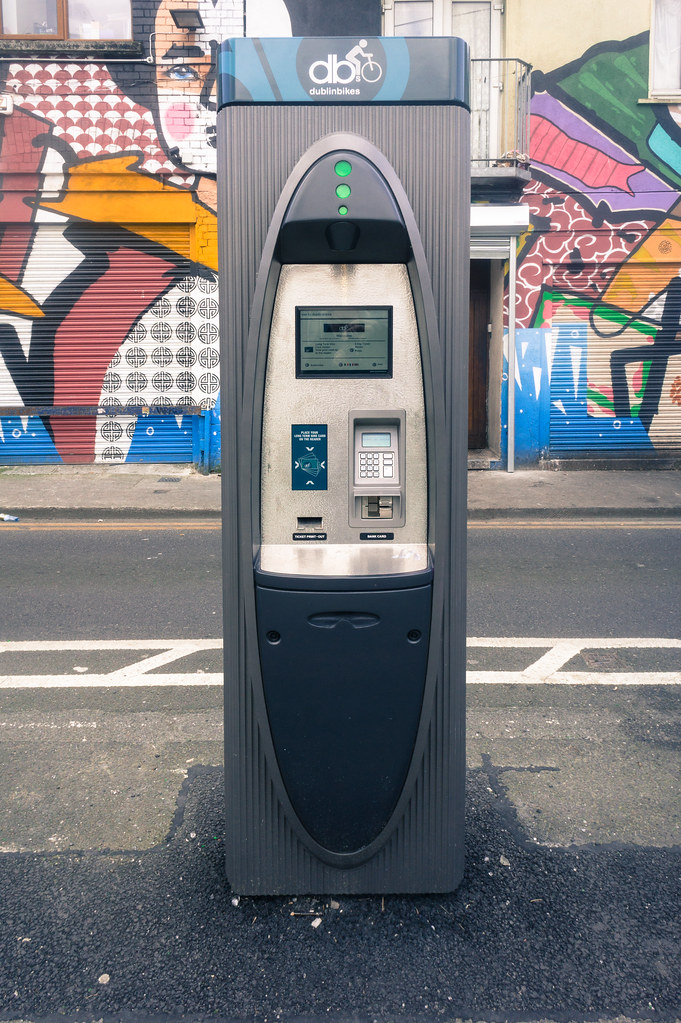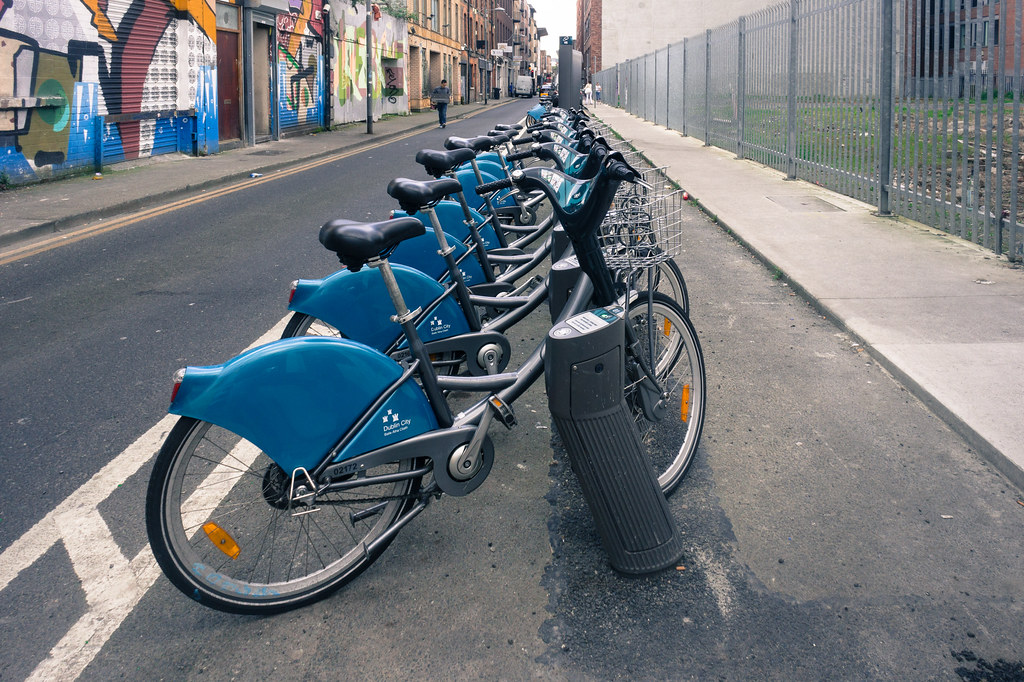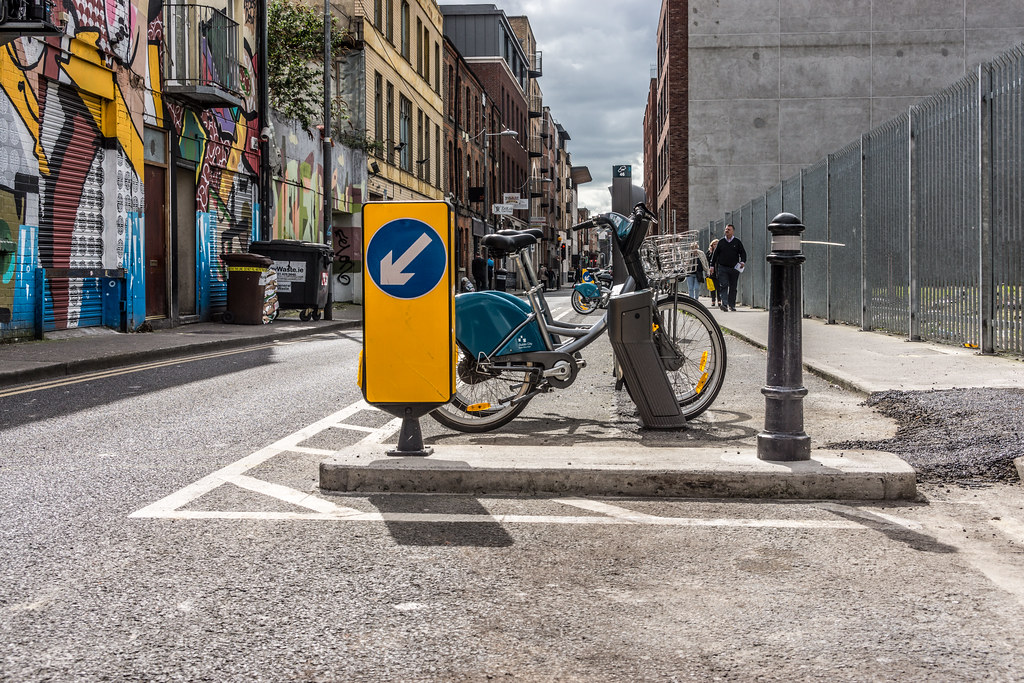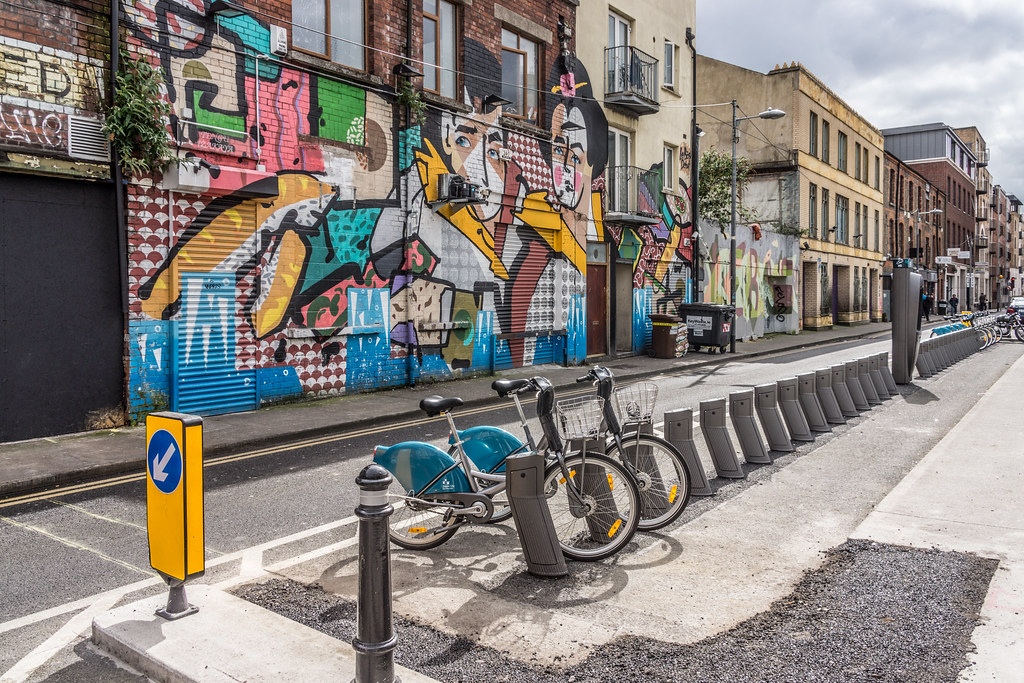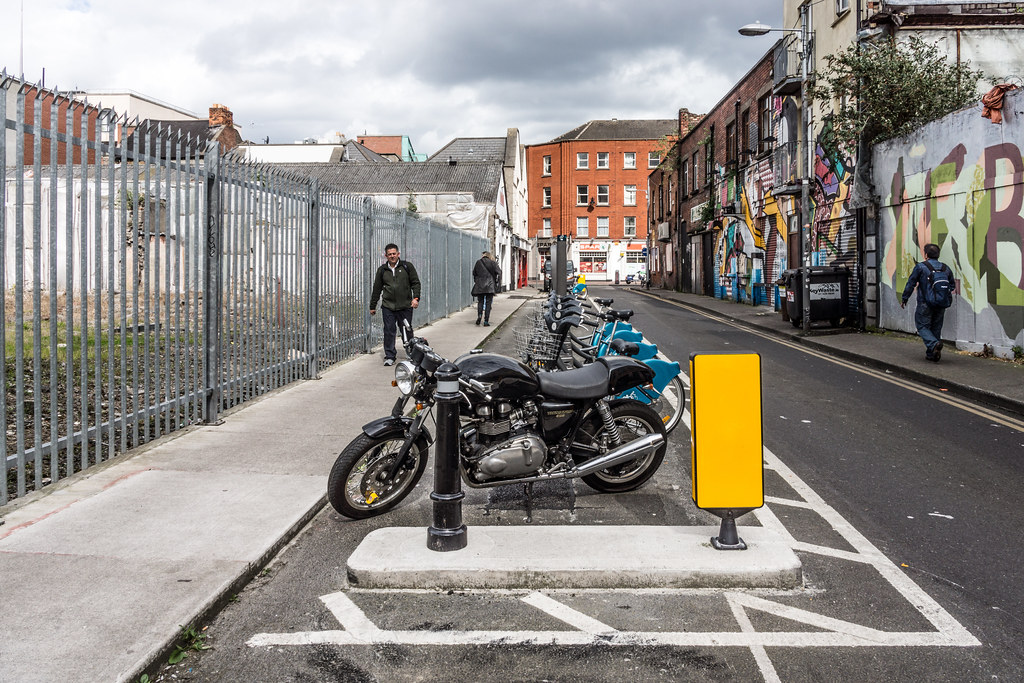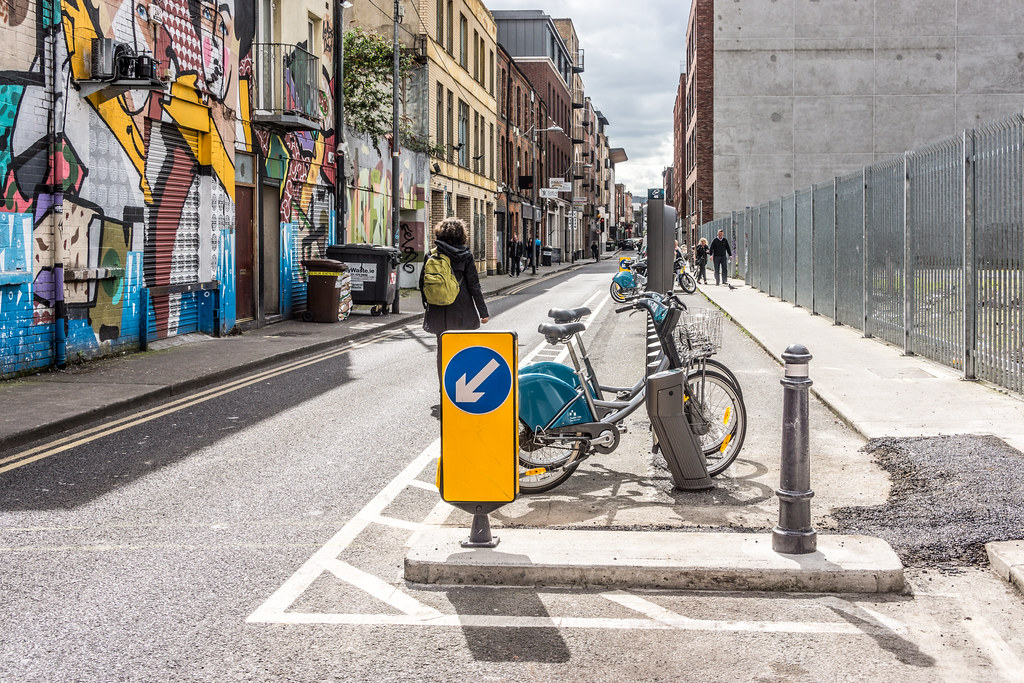GREAT STRAND STREET
The Great Strand Street area had become extensively developed by 1756.
Named Great Strand Street because of its original water-side setting, in late medieval times this route formed a gentle curving path alongside the River Liffey. It ran through open grassed fields known as Abby Parks, which had lain undeveloped as late as 1673.
This area comprised part of the former lands of St. Mary’s Abbey, a vast Cistercian monastery that occupied virtually all of the land on the north side of the Liffey until the dissolution of the monasteries by Henry VIII in 1541. The abbey was subsequently carved up and granted to various private individuals to speculatively develop – a process that took nearly 200 years, with extensive new house building and commercial development continuing into the 1730s. Sir Humphrey Jervis was one of these leading developers, whose name is immortalised in the nearby thoroughfare of Jervis Street that still exists today. It was he that instigated the construction of Grattan Bridge (Capel Street Bridge) originally known as Essex Bridge, in order to link his extensive development lands to the more established commercial heart of the city on the southern bank of the Liffey.
In 1933, Connolly Hall, No.64 Great Strand Street was rented as a headquarters by the Revolutionary Workers Groups. It opened in early March but by March 30th the building had been wrecked - windows broken, doors and staircases smashed, the roof was damaged, the building seared with fire, and here and there the pockmark of a bullet could be seen.
For Ireland it was a foreshadowing of the Blueshirt - Republican violence that was to find expression in all the twenty six counties. In the broader European sense it was a microcosmic acting out of the Spanish Civil War. The forces inside and out represented the views of the subsequent warring factions in Spain. In fact, two of the people in the house, Bill Scott and Liam McGregor, later joined the International Brigade; McGregor was killed in action in 1938, one of the last Irishmen to die in Spain.
Some contemporaries maintain that the mob were led by members of the Army Comrades Association, who were wearing white armbands. The defenders of the house dispute this and lean towards the belief that the group outside were a leaderless mob spearheaded by Animal Gang elements.
Named Great Strand Street because of its original water-side setting, in late medieval times this route formed a gentle curving path alongside the River Liffey. It ran through open grassed fields known as Abby Parks, which had lain undeveloped as late as 1673.
This area comprised part of the former lands of St. Mary’s Abbey, a vast Cistercian monastery that occupied virtually all of the land on the north side of the Liffey until the dissolution of the monasteries by Henry VIII in 1541. The abbey was subsequently carved up and granted to various private individuals to speculatively develop – a process that took nearly 200 years, with extensive new house building and commercial development continuing into the 1730s. Sir Humphrey Jervis was one of these leading developers, whose name is immortalised in the nearby thoroughfare of Jervis Street that still exists today. It was he that instigated the construction of Grattan Bridge (Capel Street Bridge) originally known as Essex Bridge, in order to link his extensive development lands to the more established commercial heart of the city on the southern bank of the Liffey.
In 1933, Connolly Hall, No.64 Great Strand Street was rented as a headquarters by the Revolutionary Workers Groups. It opened in early March but by March 30th the building had been wrecked - windows broken, doors and staircases smashed, the roof was damaged, the building seared with fire, and here and there the pockmark of a bullet could be seen.
For Ireland it was a foreshadowing of the Blueshirt - Republican violence that was to find expression in all the twenty six counties. In the broader European sense it was a microcosmic acting out of the Spanish Civil War. The forces inside and out represented the views of the subsequent warring factions in Spain. In fact, two of the people in the house, Bill Scott and Liam McGregor, later joined the International Brigade; McGregor was killed in action in 1938, one of the last Irishmen to die in Spain.
Some contemporaries maintain that the mob were led by members of the Army Comrades Association, who were wearing white armbands. The defenders of the house dispute this and lean towards the belief that the group outside were a leaderless mob spearheaded by Animal Gang elements.
